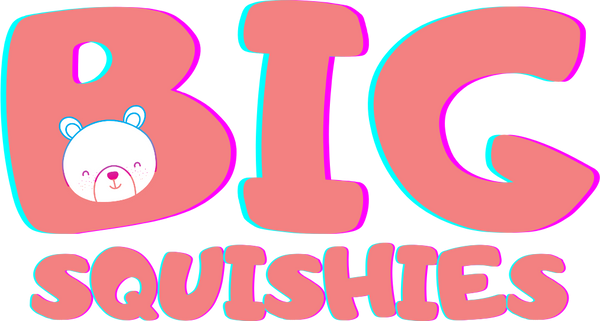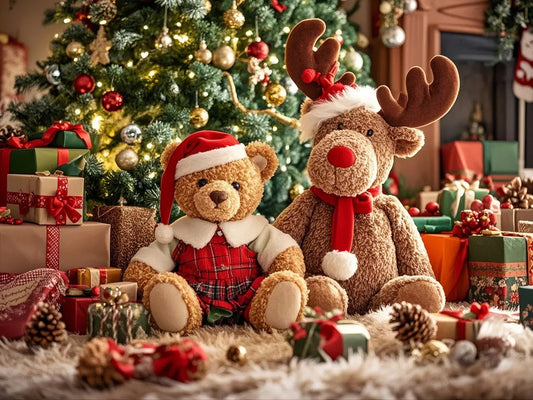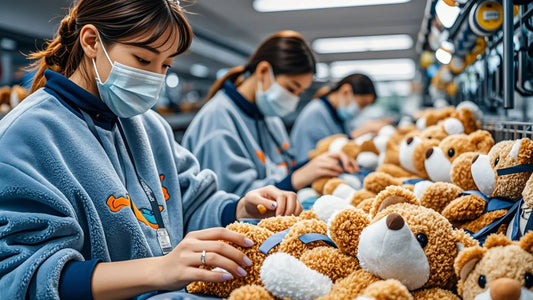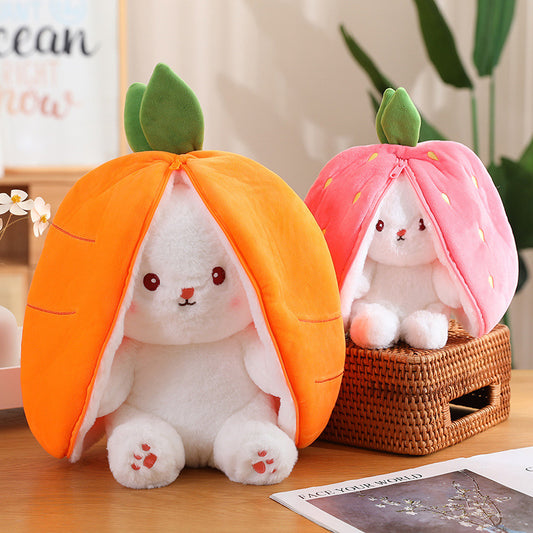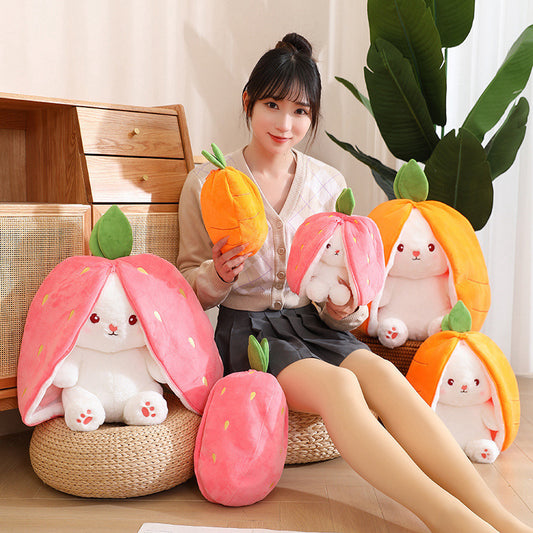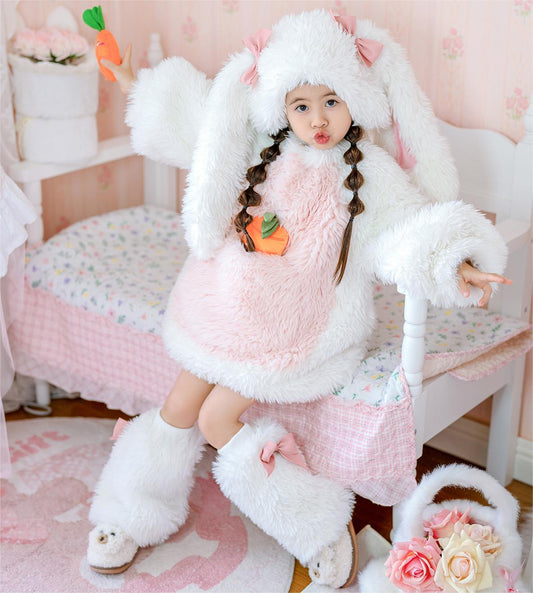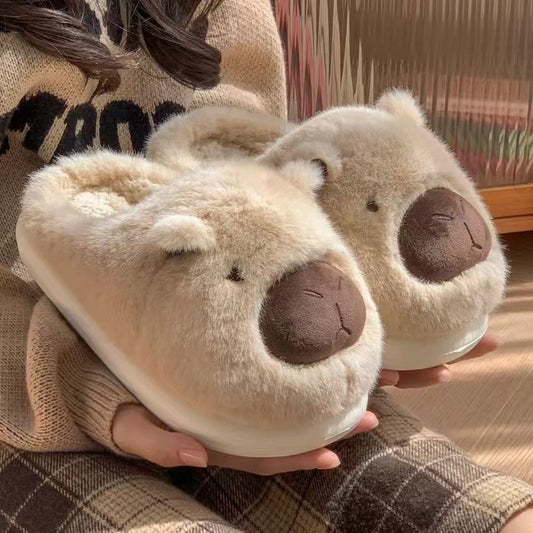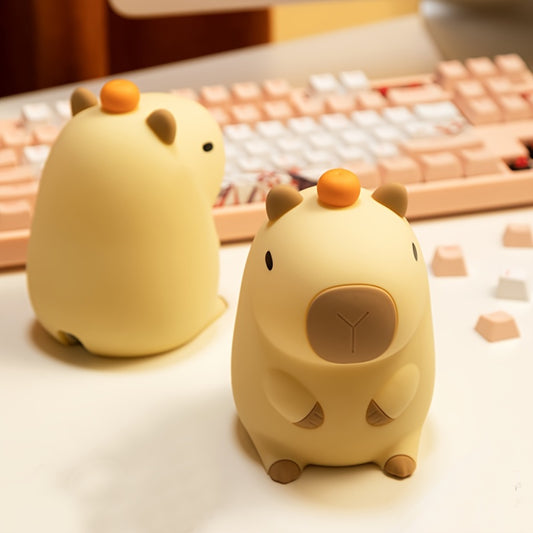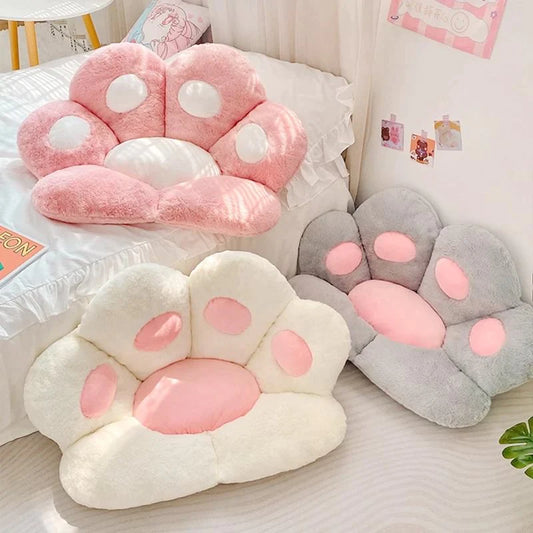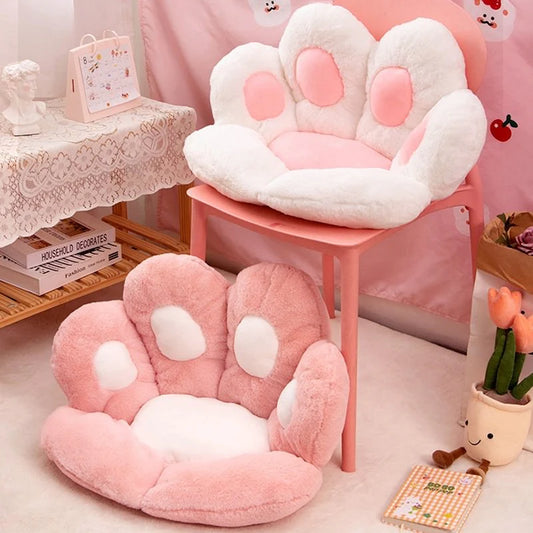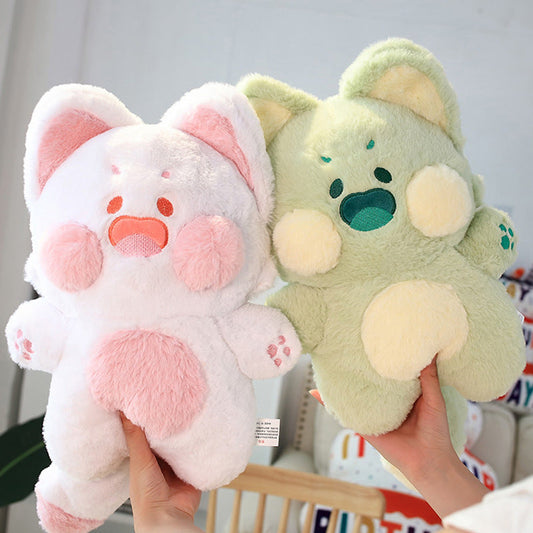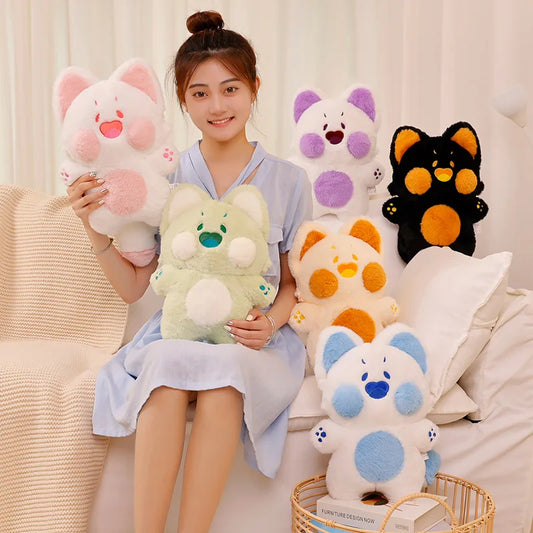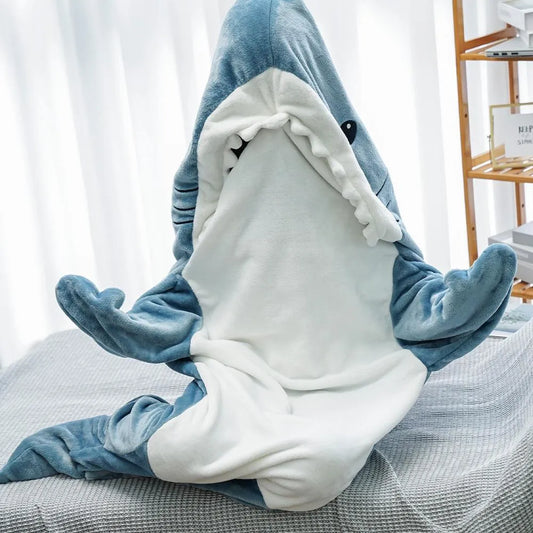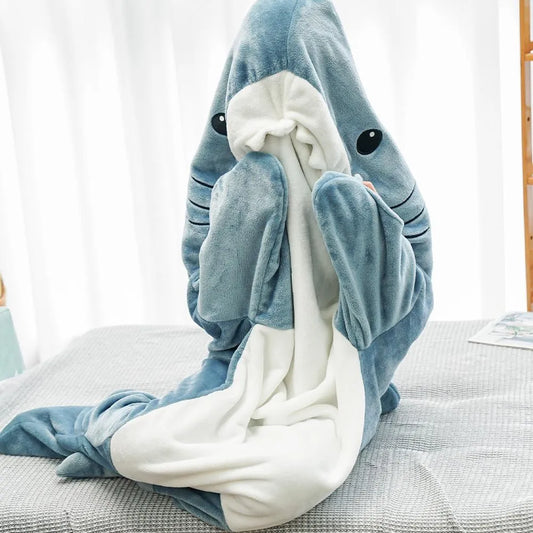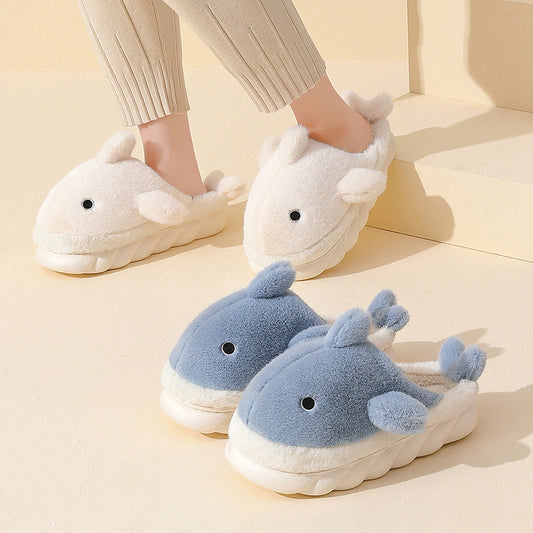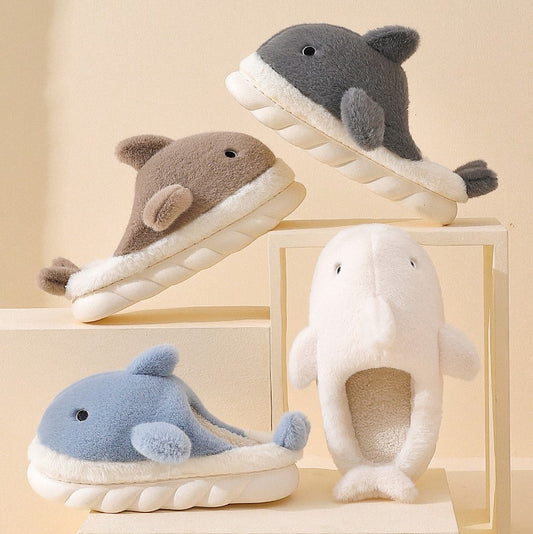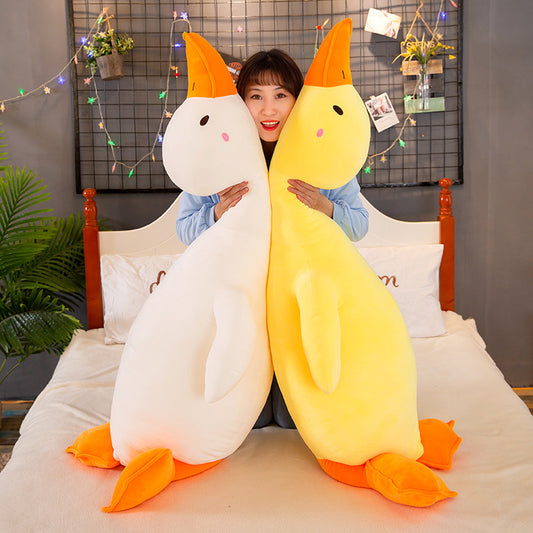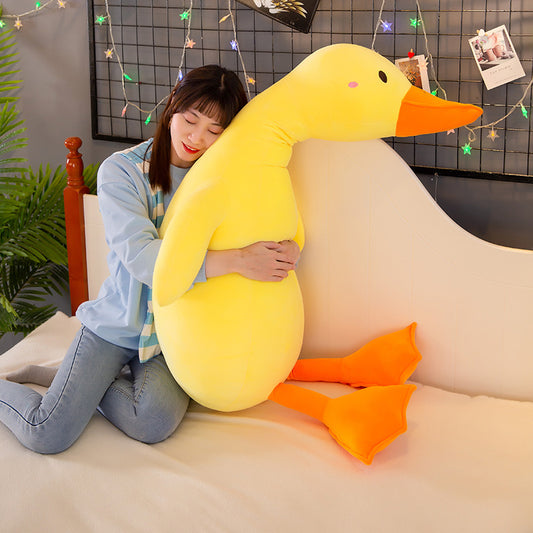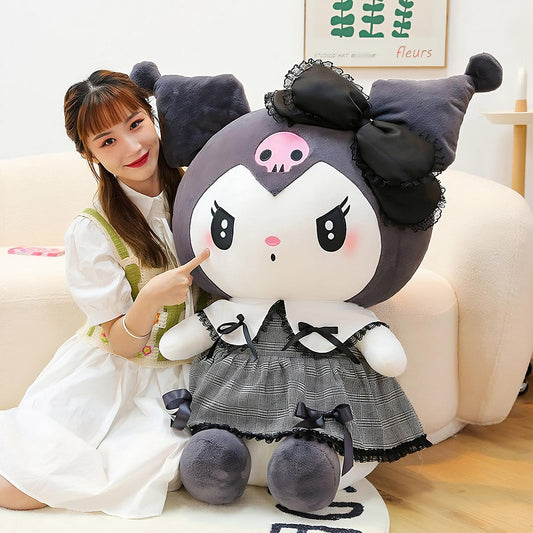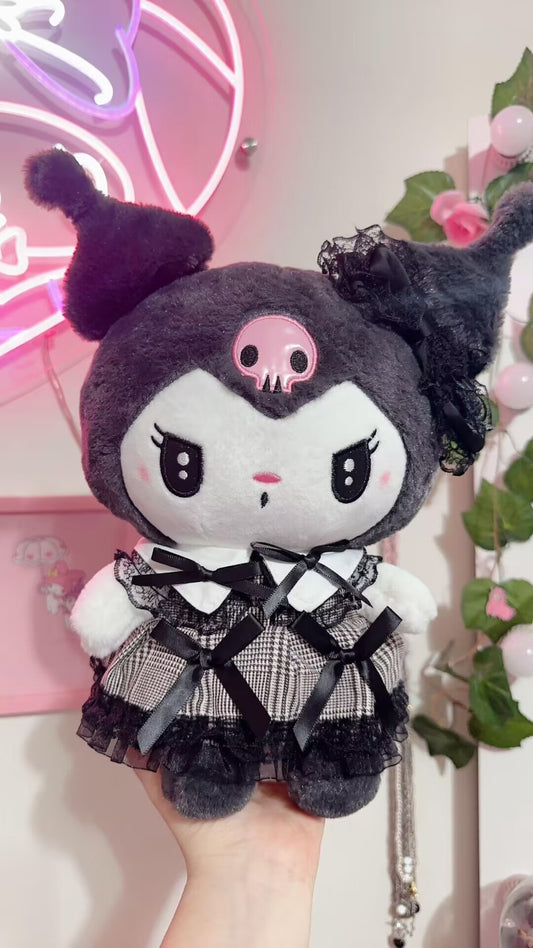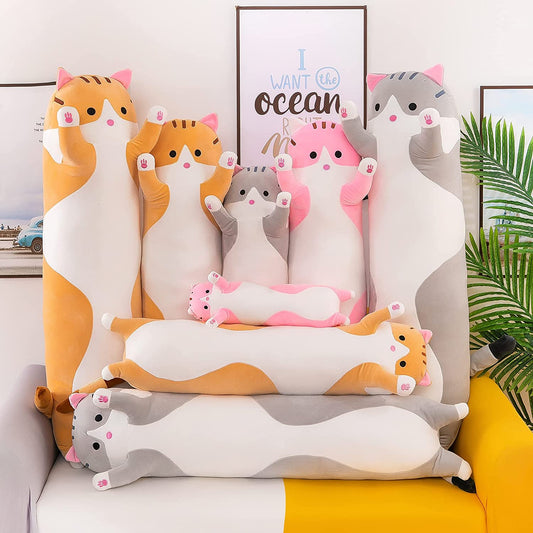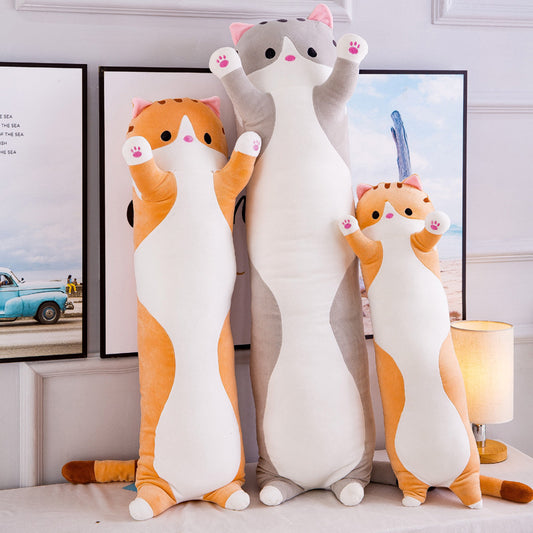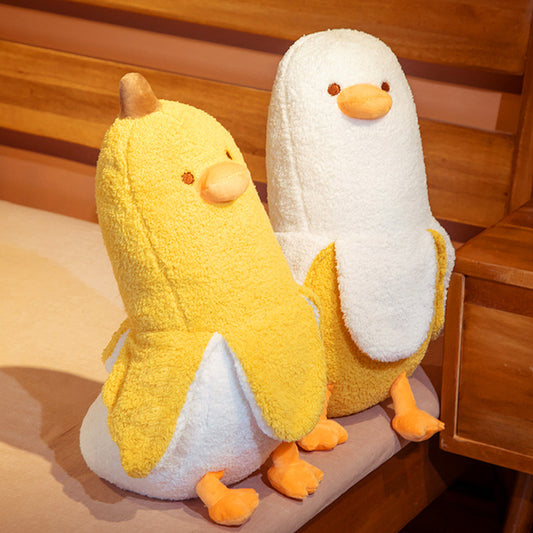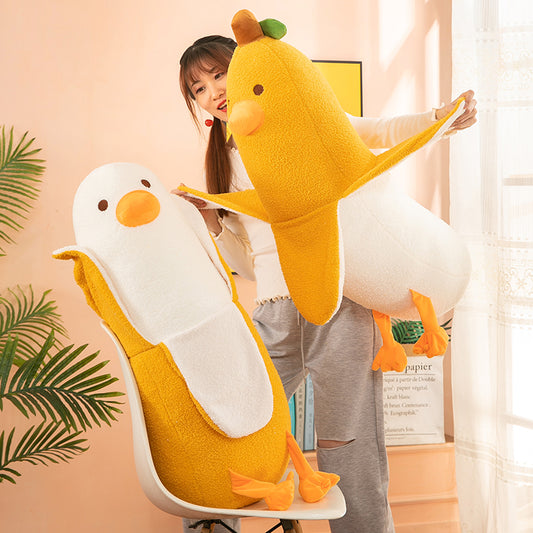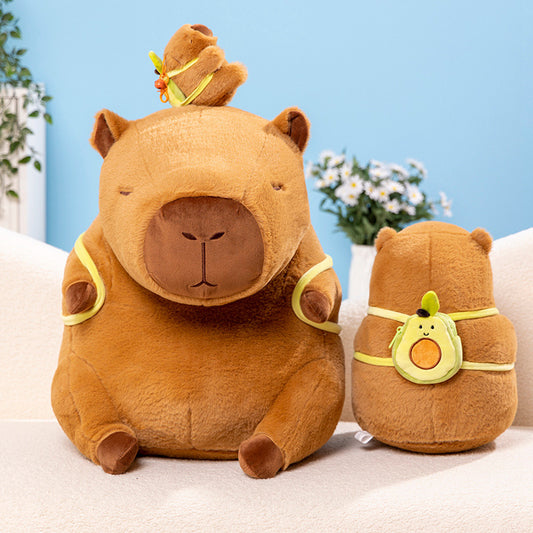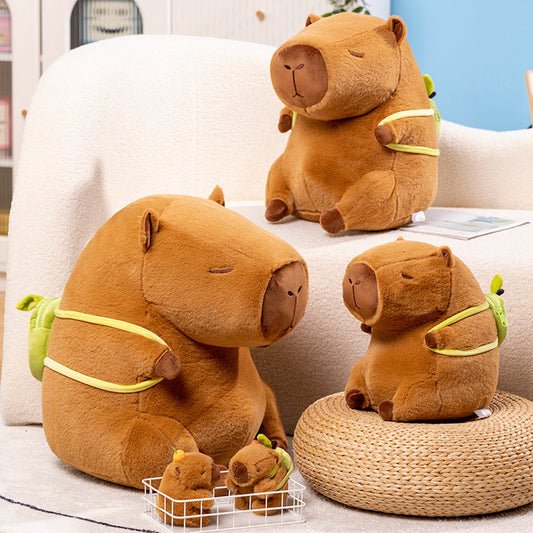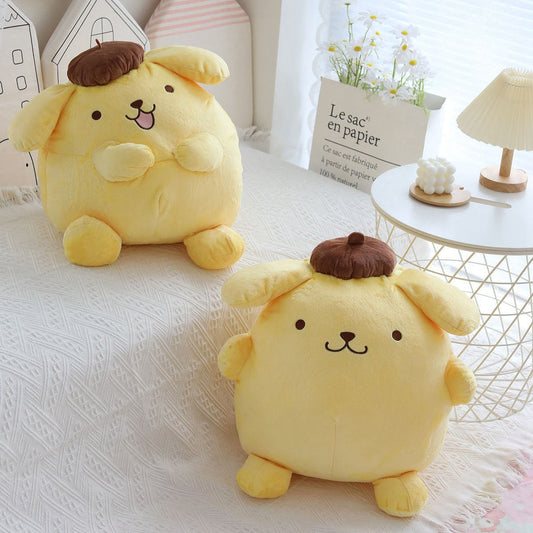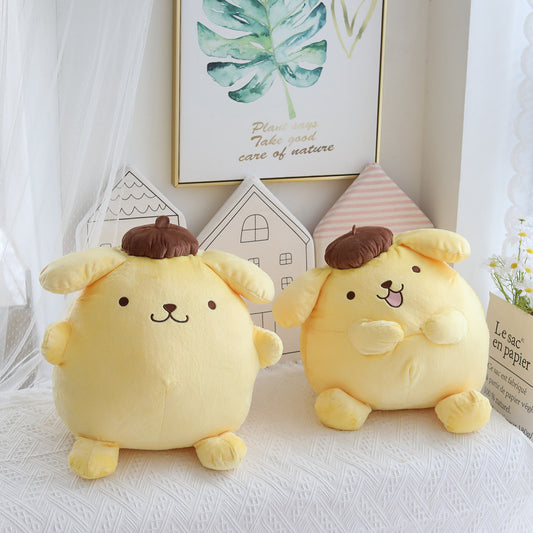Plush toys are made from a variety of materials that give them their softness and durability. The most common materials include polyester, cotton, and synthetic fibers for the plush exterior. For the stuffing, manufacturers often use polyester fiberfill or recycled materials to achieve that perfect level of cuddliness. With the growing demand for sustainable plush toys, many companies are also exploring eco-friendly materials like organic cotton or biodegradable fibers.
Designing a Plush Toy: From Idea to Prototype
The design process is where creativity meets craftsmanship. First, designers sketch out ideas, turning imaginative characters into tangible prototypes. After the initial design, a sample plush toy is created. This sample undergoes rounds of testing and refinement before it moves into full-scale production. Every detail, from the eyes to the texture, is carefully considered to make the plush toy not just cute but also safe and durable.

Stuffing: The Secret to a Plush Toy’s Cuddle Factor
One of the most important steps in plush toy manufacturing is stuffing. The right amount of stuffing ensures that the toy is soft and squeezable, yet sturdy enough to hold its shape. Polyester fiberfill is the most commonly used material, but some manufacturers also use memory foam or even eco-friendly stuffing alternatives. Finding the right balance in stuffing is key to creating a plush toy that’s both huggable and long-lasting.

Quality Control: Ensuring Safety & Durability
Before a plush toy reaches your arms, it goes through rigorous quality control tests. Safety is a top priority, especially for toys meant for children. Each plush toy is checked for loose parts, harmful chemicals, and stitching durability. Additionally, toys undergo stress tests to ensure they can withstand rough play. Meeting global safety standards, such as those set by ASTM or CE, is crucial in ensuring that plush toys are both fun and safe.
Sustainable Plush Toy Manufacturing: Eco-Friendly Trends
As awareness around environmental issues grows, plush toy manufacturers are embracing sustainable practices. This includes using recycled materials for both the plush fabric and stuffing. Some companies are even committed to zero-waste manufacturing processes and reducing the use of plastic in packaging. Eco-friendly plush toys are not only a step towards protecting the planet but also a way to teach children about sustainability through play.
The Packaging Process: How Your Plush Toy Gets Ready to Ship
Once a plush toy passes quality control, it’s time for packaging. Many manufacturers are shifting towards minimalistic and eco-friendly packaging options. The plush toy is carefully wrapped to avoid damage during transportation. Packaging is also an opportunity to add branding elements, such as tags or labels, which provide care instructions and information about the toy’s origins.
Custom Plush Toys: Bringing Your Imagination to Life
Ever wanted to see your own design come to life as a plush toy? Custom plush toy manufacturing allows individuals and businesses to create unique stuffed animals based on their personal designs. Whether it's for a special occasion or as a promotional item, custom plush toys offer a personalized touch. Manufacturers work closely with clients to ensure that the final product meets both aesthetic and quality expectations.
Cutting & Sewing: The Craftsmanship Behind the Scenes
The cutting and sewing process is the backbone of plush toy manufacturing. Skilled workers cut fabric pieces based on the toy’s design patterns, and then they sew them together to form the toy’s shape. Precision is key at this stage, as even the slightest error can affect the final product. Modern plush toy factories use a combination of hand-sewing and machines to speed up the process while maintaining high-quality standards.

